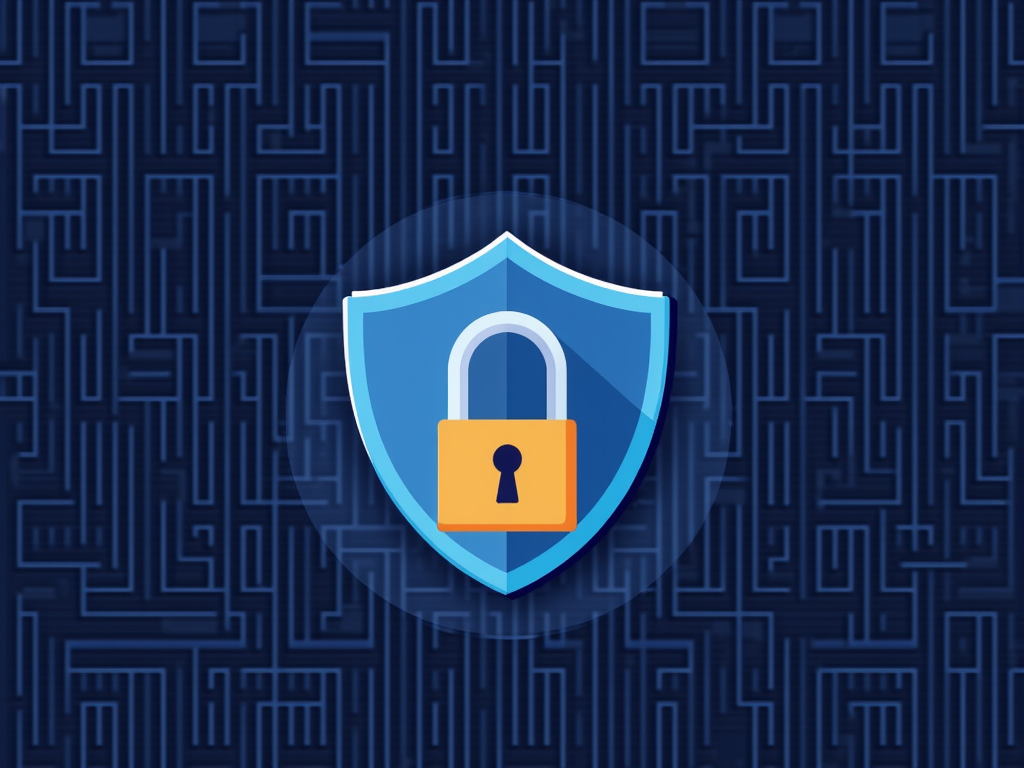Implementing an Effective IoT Security Strategy in Smart Cities
Smart cities are the future of urban planning, where technology and innovation come together to create more efficient, sustainable, and livable communities. The Internet of Things (IoT) plays a crucial role in making smart cities a reality, connecting various devices, sensors, and systems to provide real-time data and insights. However, with the increased reliance on IoT devices comes new security concerns.
The Risks of an Unsecured IoT Ecosystem
Unsecured IoT devices can pose significant risks to smart city operations, including:
- Data breaches: Hackers can gain access to sensitive information, such as personal identifiable information (PII), financial data, or confidential business information.
- Physical harm: Malicious actors can manipulate critical infrastructure, such as traffic lights, water treatment facilities, or energy grids, causing physical harm to citizens.
- Economic losses: Unsecured IoT devices can lead to significant economic losses due to downtime, lost productivity, and reputation damage.
Key Components of an Effective IoT Security Strategy
To mitigate these risks, smart cities must implement a robust IoT security strategy that includes the following key components:
1. Device Profiling and Segmentation
Device profiling involves categorizing and labeling devices based on their function, communication protocols, and level of trust. This helps to segment the network into different zones, restricting access to sensitive areas and reducing the attack surface.
- Device classification: Identify and classify each IoT device based on its purpose, connectivity, and security features.
- Segmentation: Create distinct network segments for different device types, limiting lateral movement in case of a breach.
2. Authentication and Authorization
Strong authentication and authorization mechanisms ensure that only authorized devices and users can access the smart city’s infrastructure.
- Multi-factor authentication: Implement multi-factor authentication (MFA) to verify user identities and prevent unauthorized access.
- Role-based access control: Assign specific roles to users, limiting their access to sensitive areas and reducing the attack surface.
3. Data Encryption and Protection
Protecting data is crucial in preventing breaches and ensuring confidentiality.
- Data encryption: Encrypt all IoT device communications using protocols like TLS or DTLS.
- Data masking: Mask sensitive information, such as PII, to prevent unauthorized access.
4. Incident Response and Monitoring
Establish a comprehensive incident response plan and implement real-time monitoring to quickly detect and respond to security threats.
- Incident response plan: Develop a documented plan outlining procedures for responding to security incidents.
- Monitoring tools: Implement real-time monitoring using tools like SIEM, IDS/IPS, or IoT-specific monitoring solutions.
5. Vulnerability Management
Regularly scan devices for vulnerabilities and apply patches or updates to prevent exploitation.
- Vulnerability scanning: Use automated tools to scan devices for known vulnerabilities.
- Patch management: Apply patches and updates to vulnerable devices in a timely manner.
Conclusion
Implementing an effective IoT security strategy is crucial for smart cities. By understanding the risks, implementing device profiling and segmentation, authentication and authorization, data encryption and protection, incident response and monitoring, and vulnerability management, smart cities can mitigate the threats posed by unsecured IoT devices. Remember, a secure smart city is one that prioritizes the safety and well-being of its citizens.



